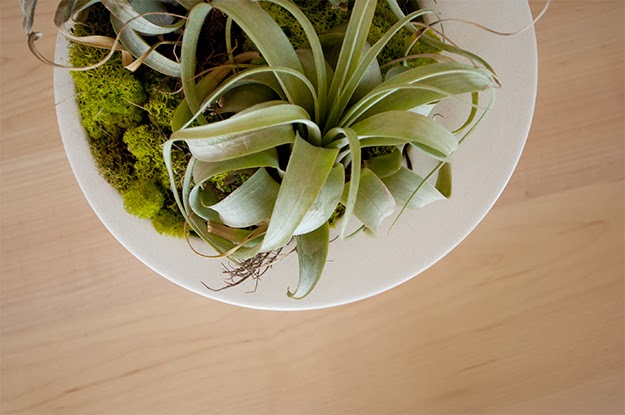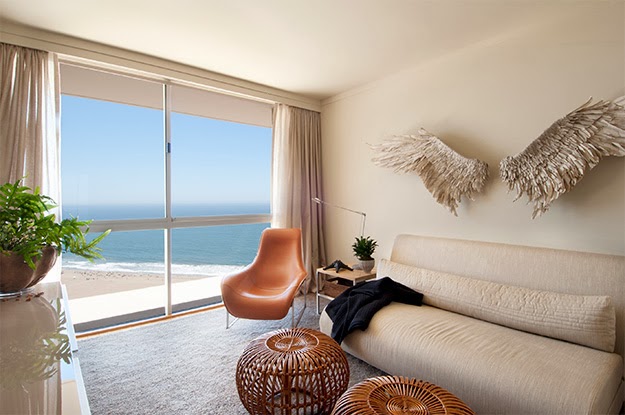Biophilia + Interior Design = Healthy, Happy Homes!
/Our day to day lives are often spent moving from one artificial environment to another. The familiar routine of home to car, car to work, and back leaves many unsatisfied. Over the course of the last three decades scientists have begun to investigate psychological connections between human beings and the natural world.
The principle of Biophilia was first introduced in the 1984 book by Edward O. Wilson, which hypothesizes that humans have a deep psychological affinity for other living organisms. While scientists believe this empathy may have developed as a way for nature to protect and preserve itself, others have begun to consider how this principle might benefit people. Designers in particular have been quick to recognize the possibilities for transforming the environments we inhabit in ways that could have genuine and positive psychological effects.
Biophilic design has become a popular approach to domestic and commercial design. It employs strategies ranging from the modest to elaborate to create spaces that acknowledge and satisfy our deep-seated need for nature in our lives.
One approach to Biophilic home design is the incorporation of natural elements within an artificial environment. From architectural design that capitalizes on natural light, to the simple incorporation of plants in an office environment, modest decisions can have a dramatic effect on our spaces. One study done at Washington State University by Virginia I. Lohr and Caroline H. Pearson-mims measured the stress levels in test subjects while performing a task in an office environment. When plants were present in the room, subjects displayed an increase in productivity (12% quicker reactions to their computer task) and were less stressed according to their blood pressure. More research has been conducted on the subject of human-plant interaction and how a natural element can provide real benefits to your daily life.
Other strategies take cues from natural forms to design architectural and interior spaces and furniture. From organic materials or floral patterns to entire rooms that reflect natural themes, there are endless possibilities for Biophilic design. The image above from the Cape Cod Guest Retreat project is a perfect example of incorporating vine patterned fabric and specific color palettes to create a harmonious blend between outdoor and indoor spaces.
The ocean view penthouse design recalls the bright sands of the shore while the splash of green of potted plants gives a sense of healthy, tranquil living. Outstretched wings offer the viewer a feeling of weightlessness and flight, and the addition of wooden furniture with their airy and open forms completes the natural beach scene. Air quality is an often overlooked but vital element of Biophilic design. The ocean view penthouse is an example of how suggestions of air can make a space feel open and clean, while the potted plants in tandem with a HEPA filtration system help to provide actual clean air. Fostering a peaceful environment is the surest way to foster peace in yourself.
Biophilic design has become a popular and effective response to the innate desire of humans to live in natural harmony. When it comes to designing or remodeling your home, consider the many benefits of Biophilic design. More than just a style, it has real effects on your quality of life in your home or office.
Sarah Barnard designs healthy, happy, personalized spaces that are deeply connected to nature and art.
To learn more about Sarah Barnard Design, please visit www.SarahBarnard.com.




